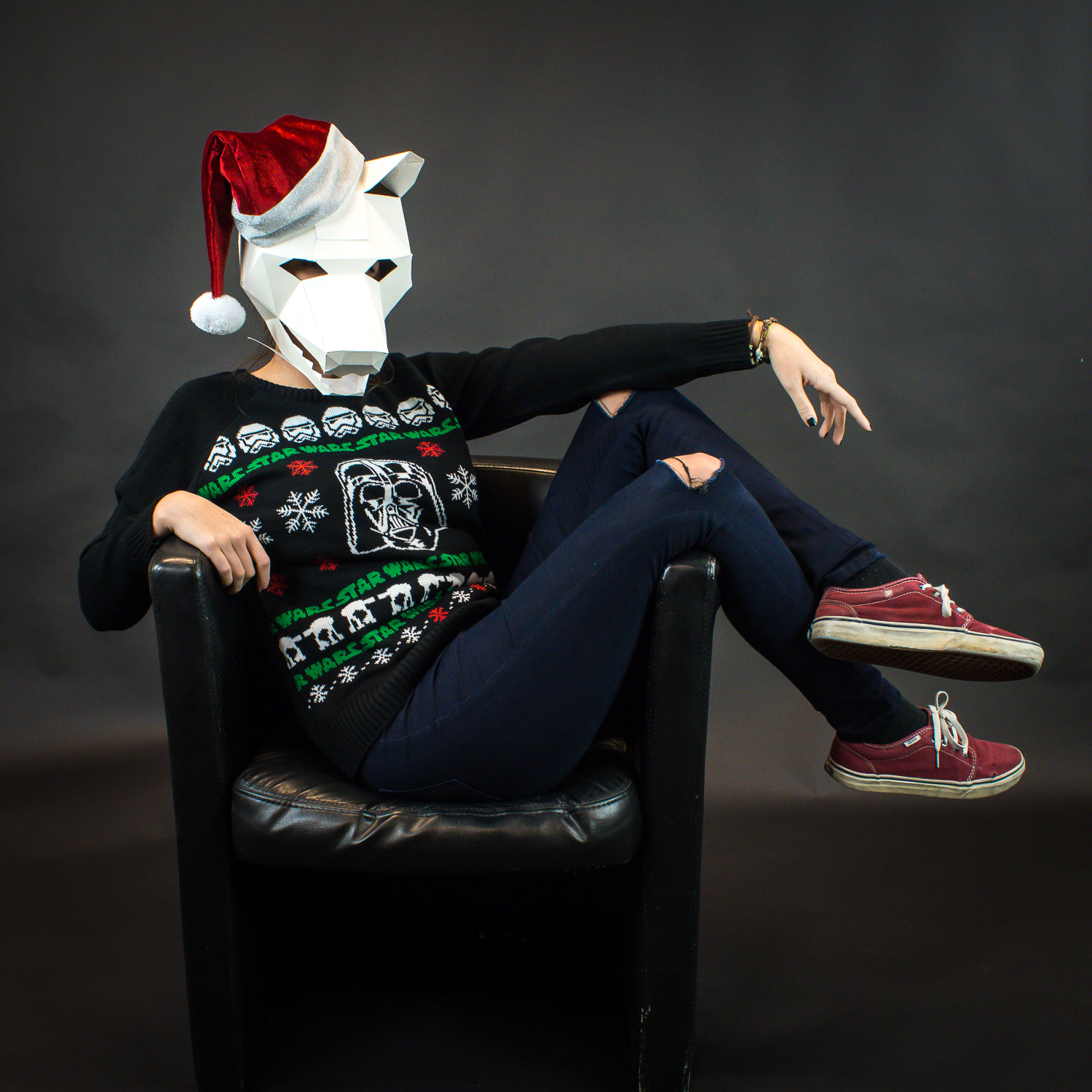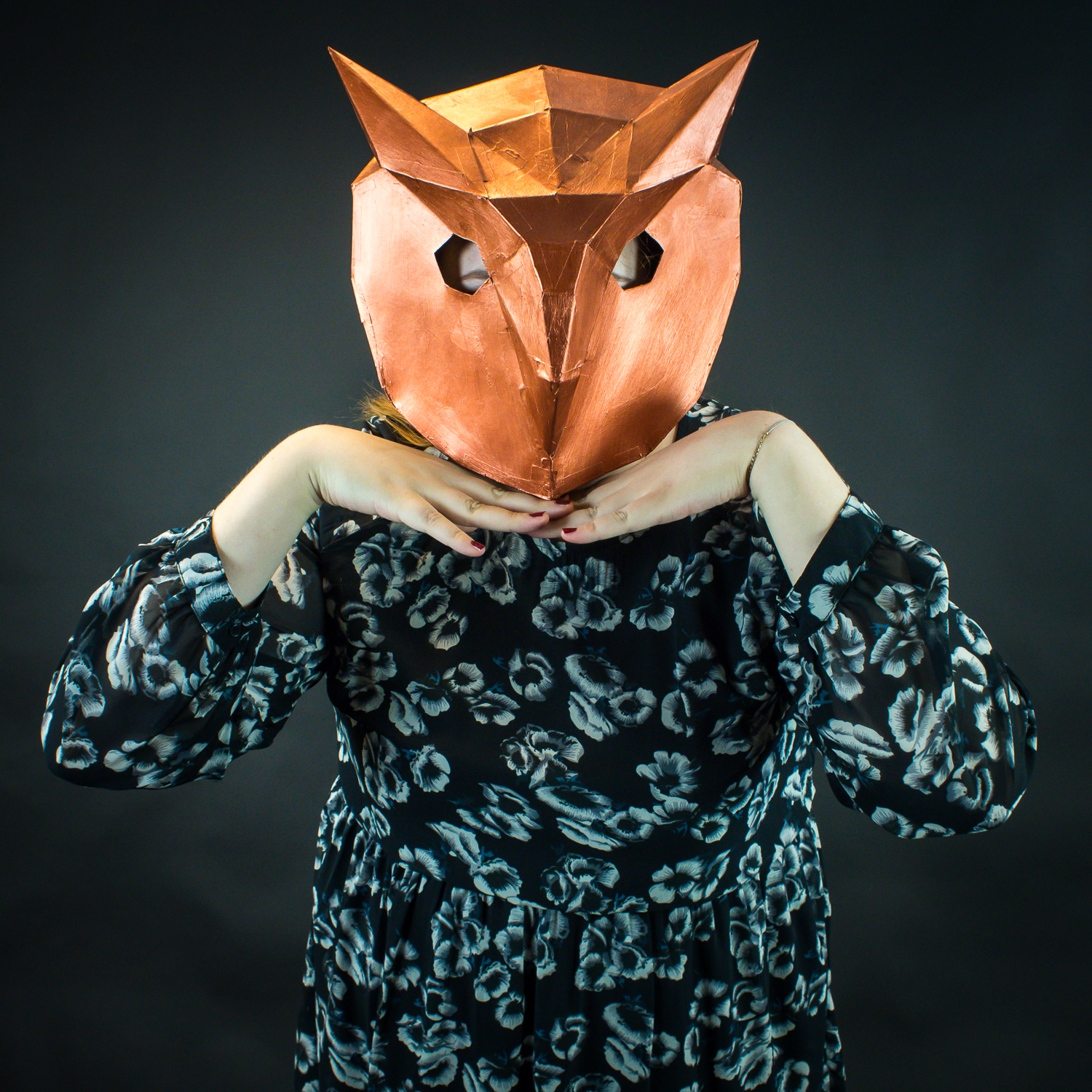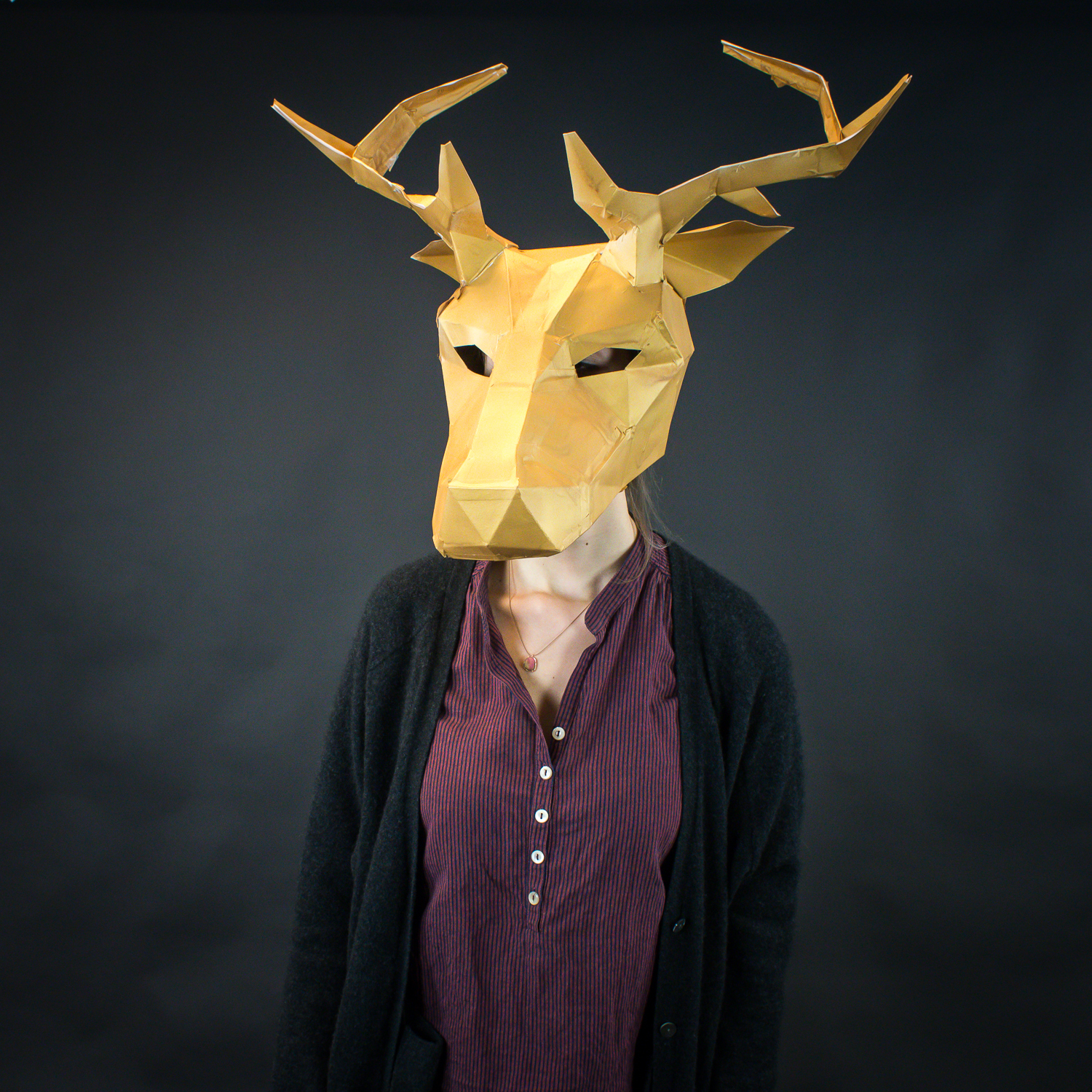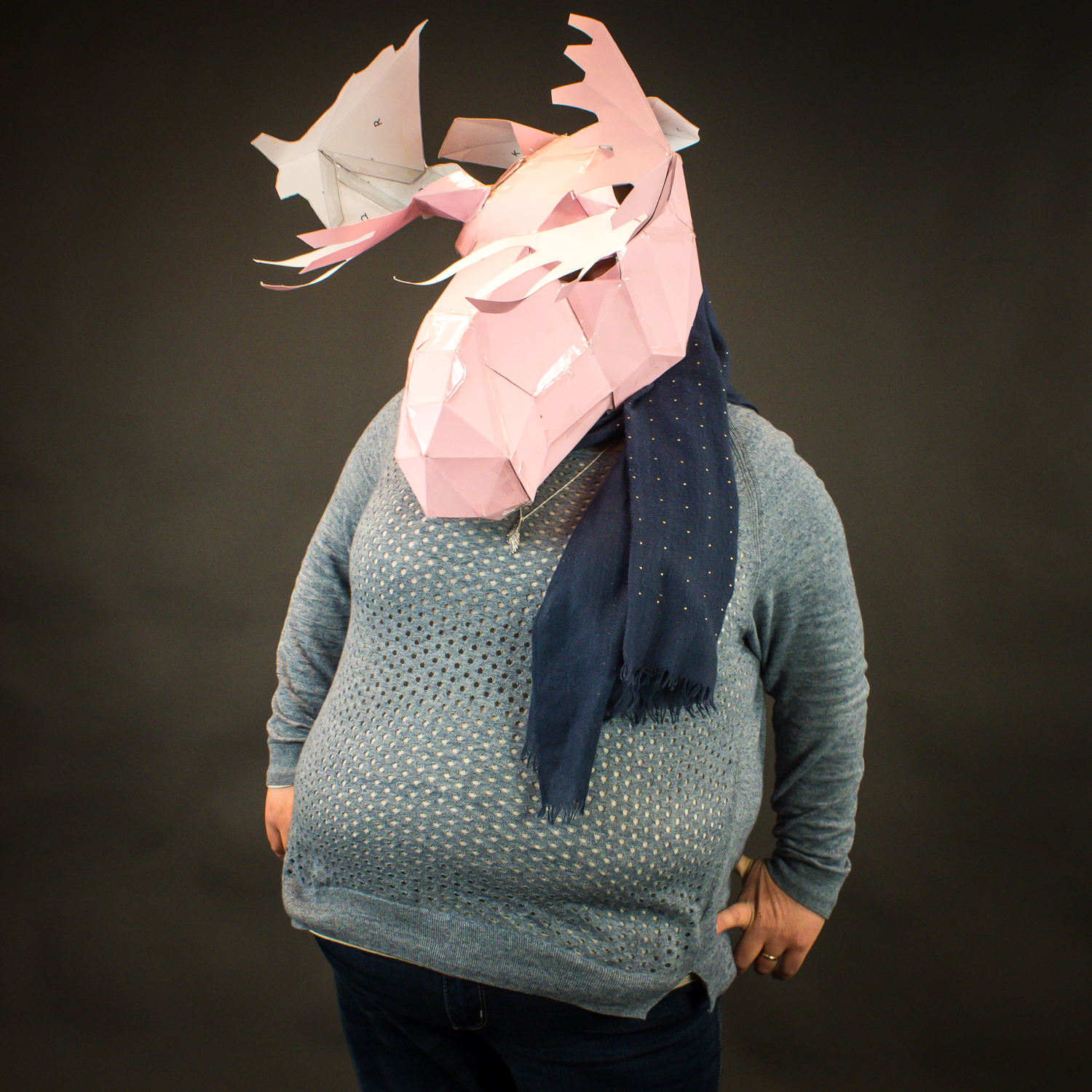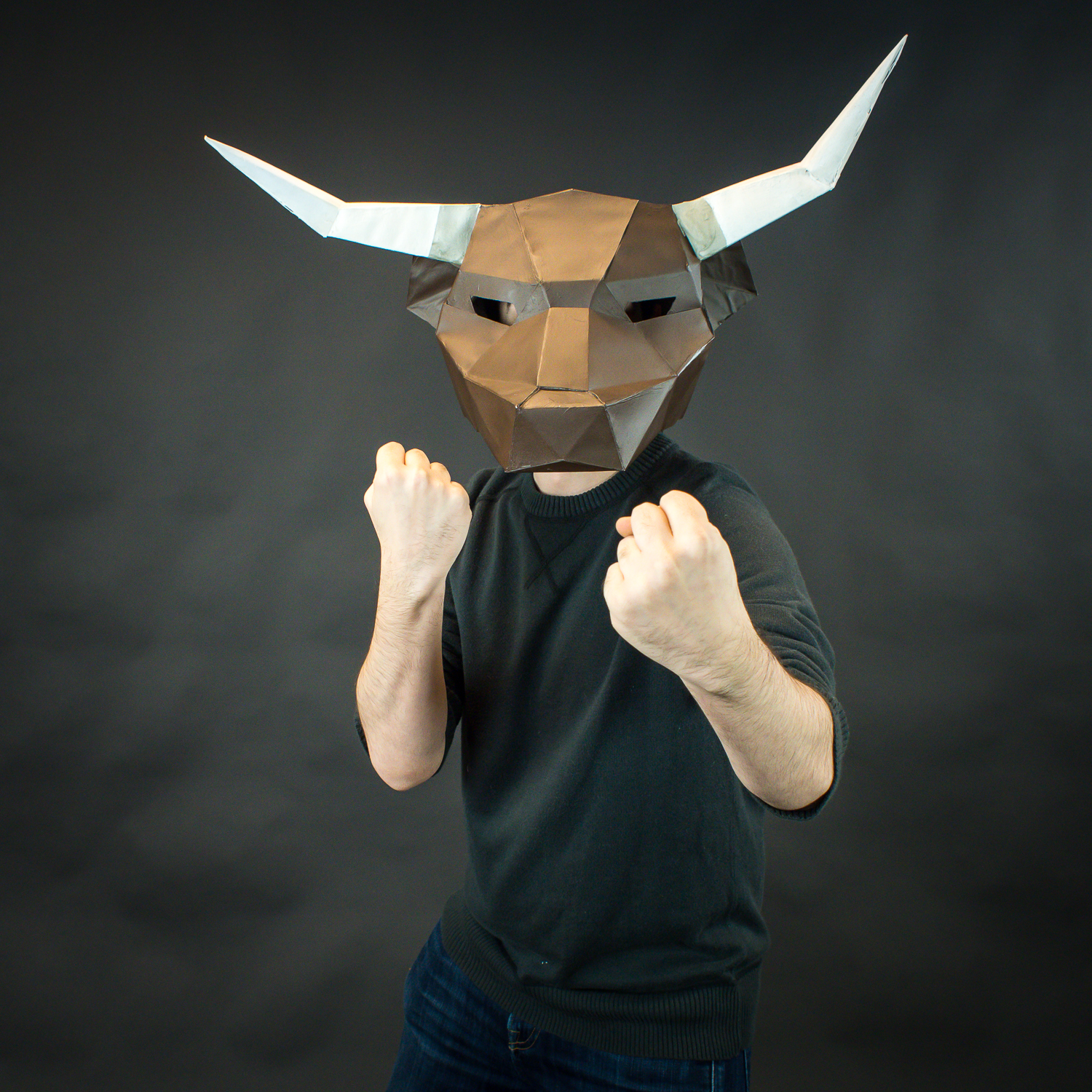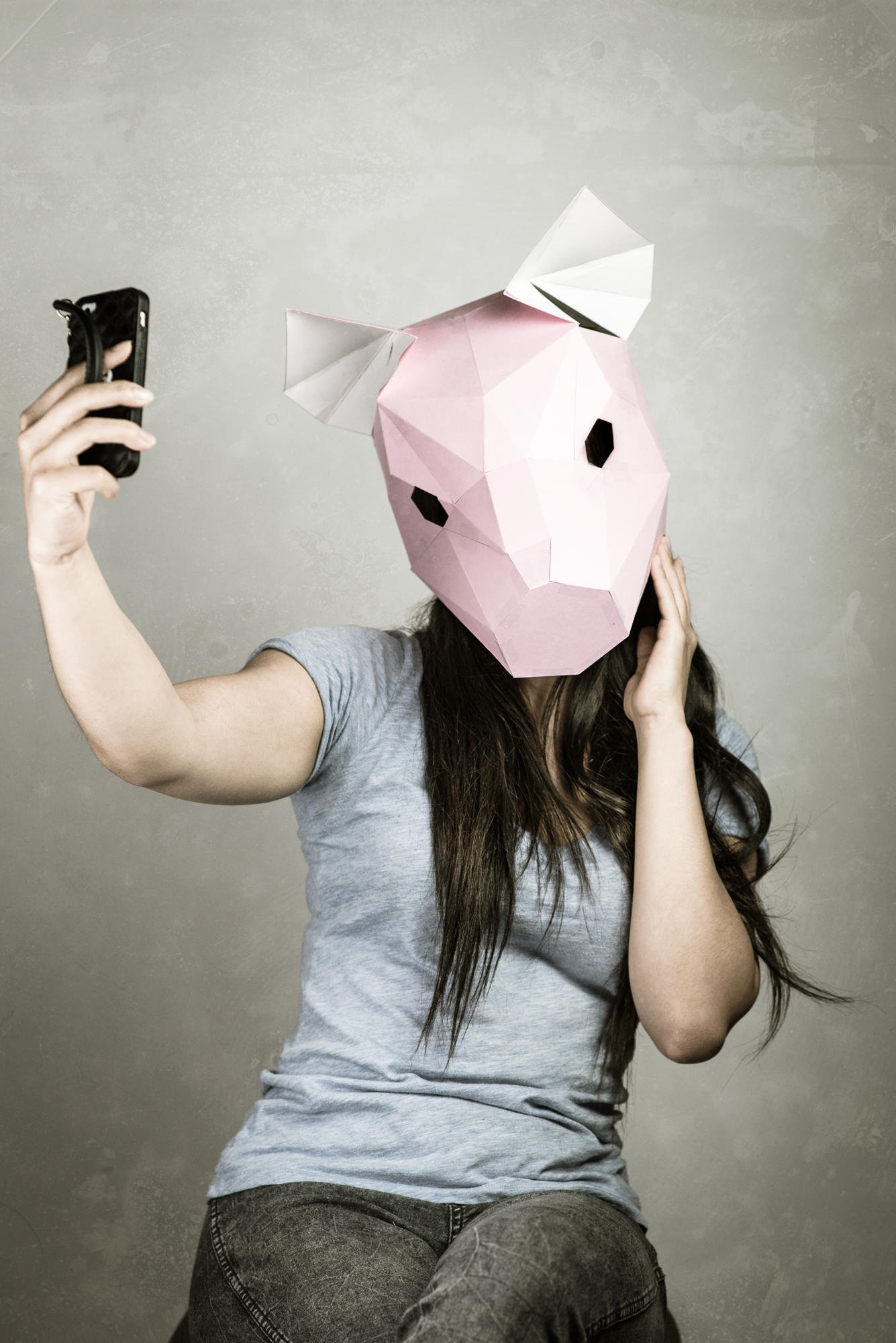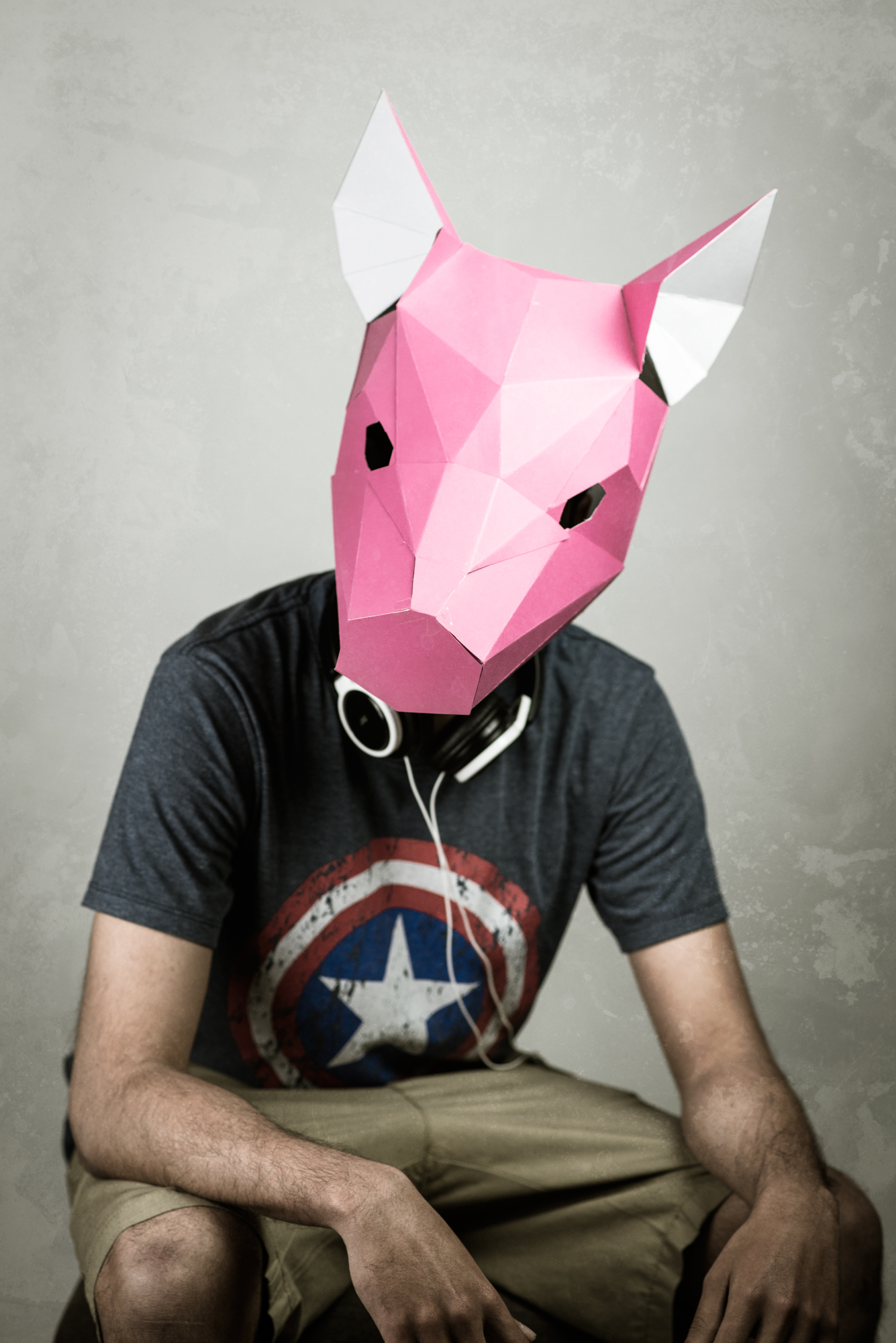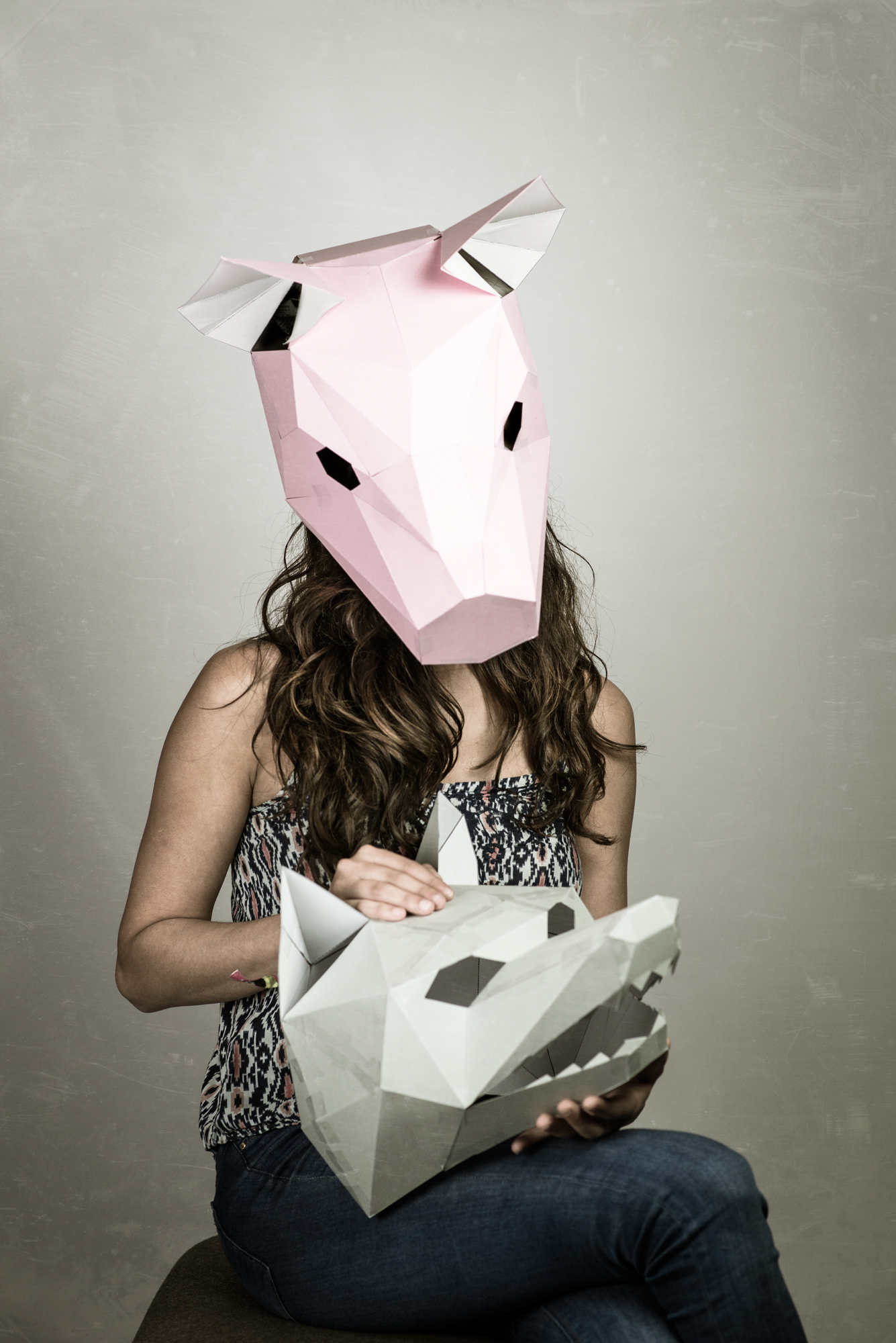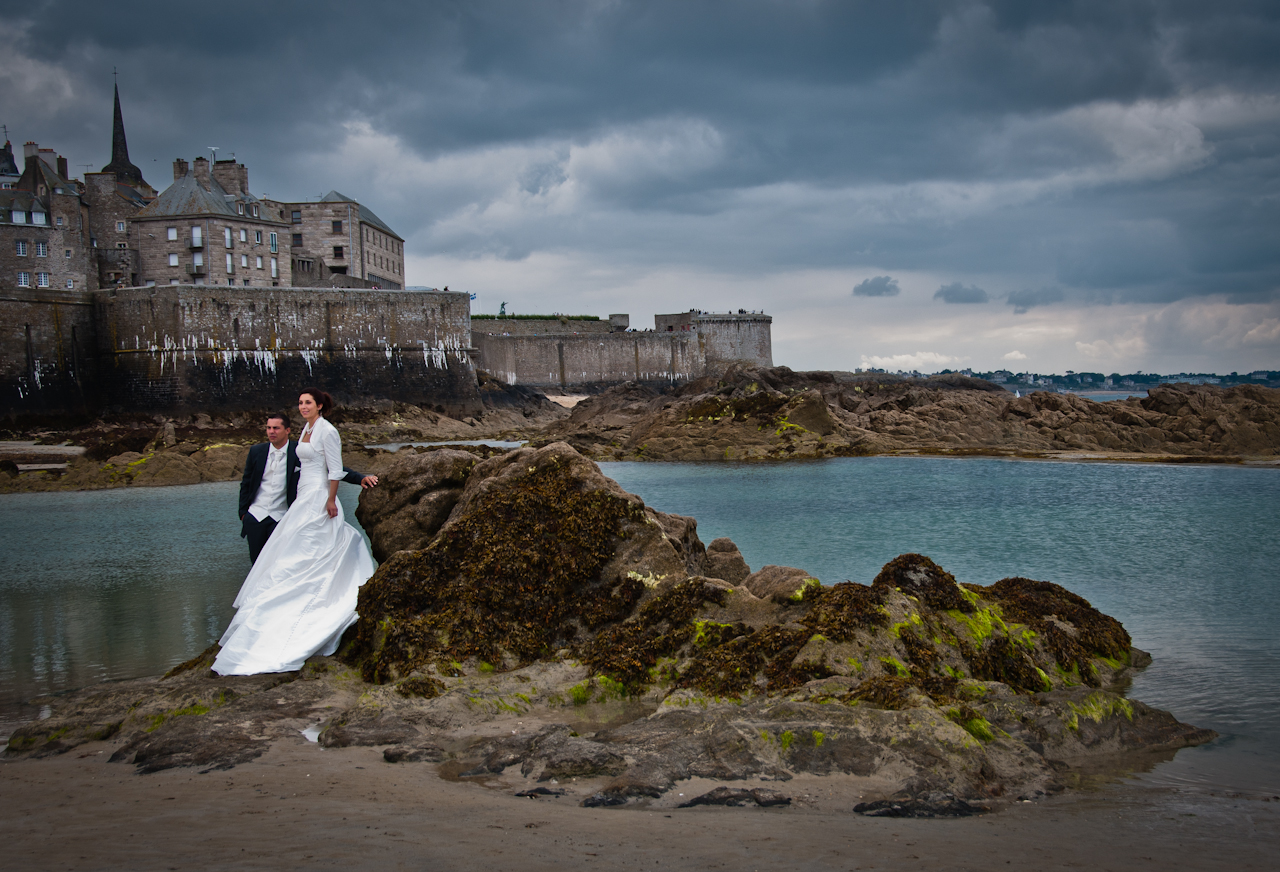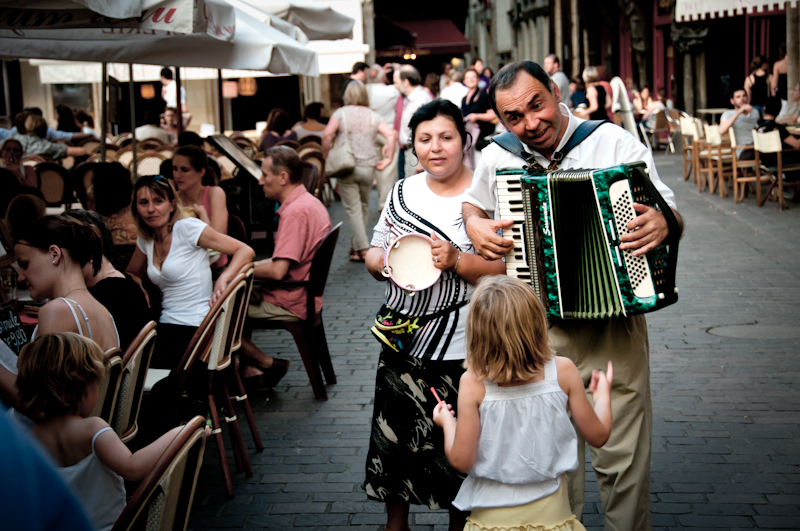PHOTOGRAPHY SUMMER WORKSHOP
Travel & Street Photography
This summer I am teaching a fun and exciting photography workshop focused on the contemporary methods and techniques for shooting and post-processing travel and street photography.
During the course students will be putting their knowledge of photography into action through a series of small photographic assignments in cityscapes and street photography to prepare them for a final production assignment to capture a "City Portrait" of a city/town of their choosing.
Creating a City Portrait
To accomplish the goal of the final project, students will be asked to create a final image series that encompasses several aspects of the city to help create a complete "portrait" of that location. In addition to the visual elements of this assignment, students will also write short exposes on each of the main segments of their series to provide a rich context to the images.
The City Portrait includes:
- A cityscape that captures the essence of the city through its architecture, or city planning, and or the the atmosphere of the city.
- The people that make that city. Who are they? What do they think of their city? Is there any interesting characteristics of the people that stand out from other cities near or far?
- Food and culture: Looking even closer at our city, what is behind the people, what do they do, where and what do they eat? Where do they shop or go for entertainment? The final segment will focus on the culture of the city. Get close, observe and capture the food, the coffee, the shopping etc. that fuels the city. Are there specific places that "everyone" goes to enjoy a meal, what about the shopping, do people shop in large department stores or small locally owned shops. Is there a "must eat" or "must try" local delicacy or traditional drink? Find out, and photograph it, capture the "essence" of what makes it unique.
Interactive Leiden Photohunt
Another feature of the class designed to give students a task that would get them out and about in the city, as well as give them locations to practice the photographic techniques discussed and learned in class was a city-wide photohunt. Similar to a scavenger hunt, there are several (10) locations marked throughout the old city that students need to "capture" with their camera.
If you would like to use the Photohunt please feel free, this map was created using Google Maps custom map feature and has been made publicly available. Whether you want to join in the fun of photographing the city of Leiden, or just want a map to share with visitors of "must see" please feel free to share the map. Alternatively you can make your own for your city, or one you will (or have) traveled and photographed.
I'll end this with a few words I often say in closing of my photo classes. Good luck on your photo walks, don't forget to look up, and if you're not having fun, you're doing it wrong.




